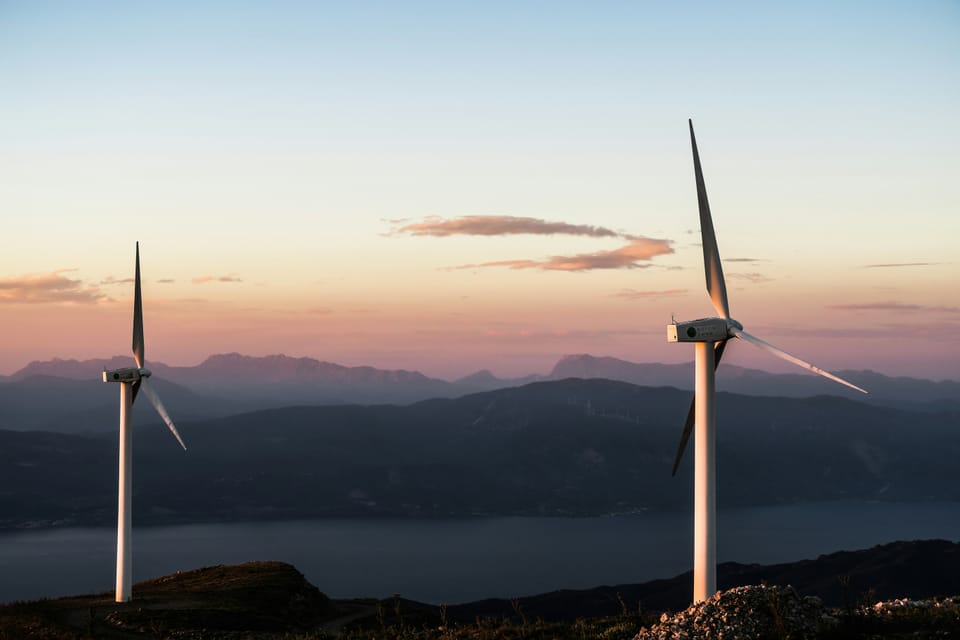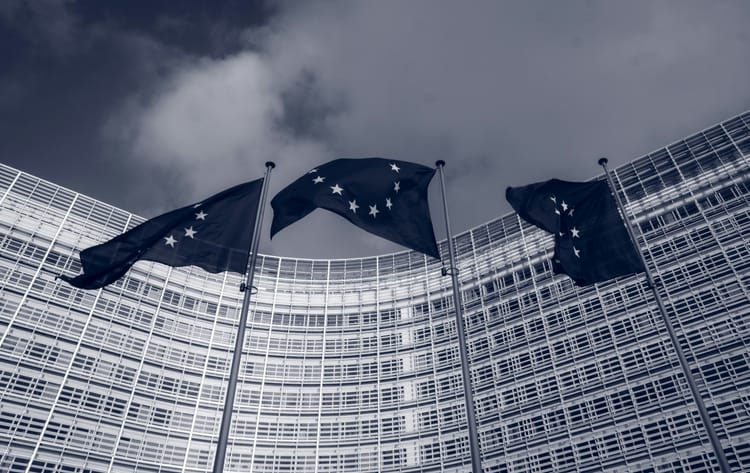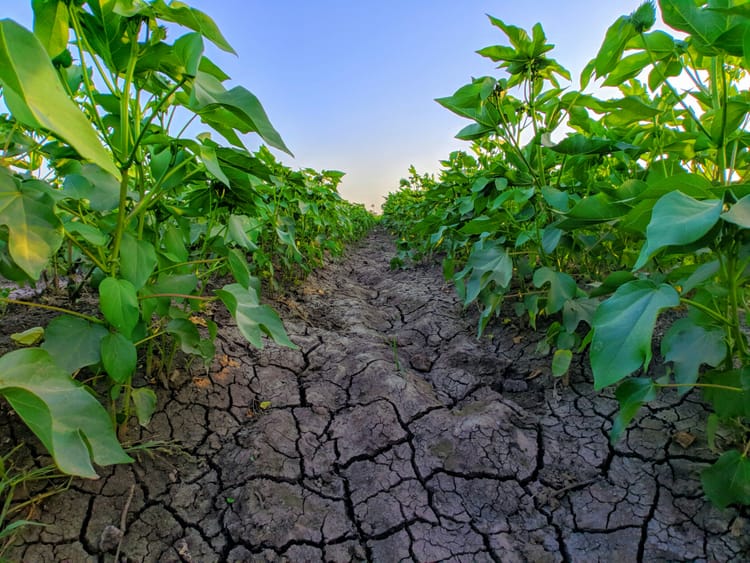Europe's largest renewables producer scales back wind and solar

Statkraft, Europe’s largest renewable energy power generator, on Thursday said it was scaling back plans to build new solar and wind plants due to lower electricity prices and high costs.
“The transition from fossil to renewable energy is happening at an increasing pace in Europe and the rest of the world. However, the market conditions for the entire renewable energy industry have become more challenging,” chief executive Birgitte Vartdal said.
Statkraft is owned by the Norwegian government. It mostly produces energy from its fleet of hydropower stations.
Announcing its plans to slow capacity growth on Thursday, the company said it now aims to install 2 to 2.5GW of onshore wind, solar, and battery storage annually from 2026. Its previous target was 2.5 to 3GW annually from 2025 and 4GW annually from 2030. It also scaled back its target for offshore wind: Statkraft now aims to develop 6 to 8GW in total by 2040, down from its previous goal of 10GW.
“We still believe strongly in offshore wind and would like to stay in there, but we are reducing our ambition somewhat,” Vartdal said.
Its hydrogen target has also been reduced to 1 to 2GW by 2035 instead of its original goal of 2GW by 2030.
Industry leaders recoil
Last year, Statkraft purchased Spanish renewables company Enerfin for 1.8 billion euros, though it has slowed its growth plans over the past year.
It’s not the only one. Portugal’s EDP cut its annual targets in May due to “lower electricity prices and a higher interest rate environment,” chief executive Miguel Stilwell d’Andrade said. And Denmark’s Ørsted, the world’s largest offshore wind developer, cut its 2030 targets by more than 10GW after issues with its U.S. projects.
In March, French state utility Engie pushed back its target to develop 4GW of hydrogen projects from 2030 to 2035, citing “slow” industry progress.







Member discussion